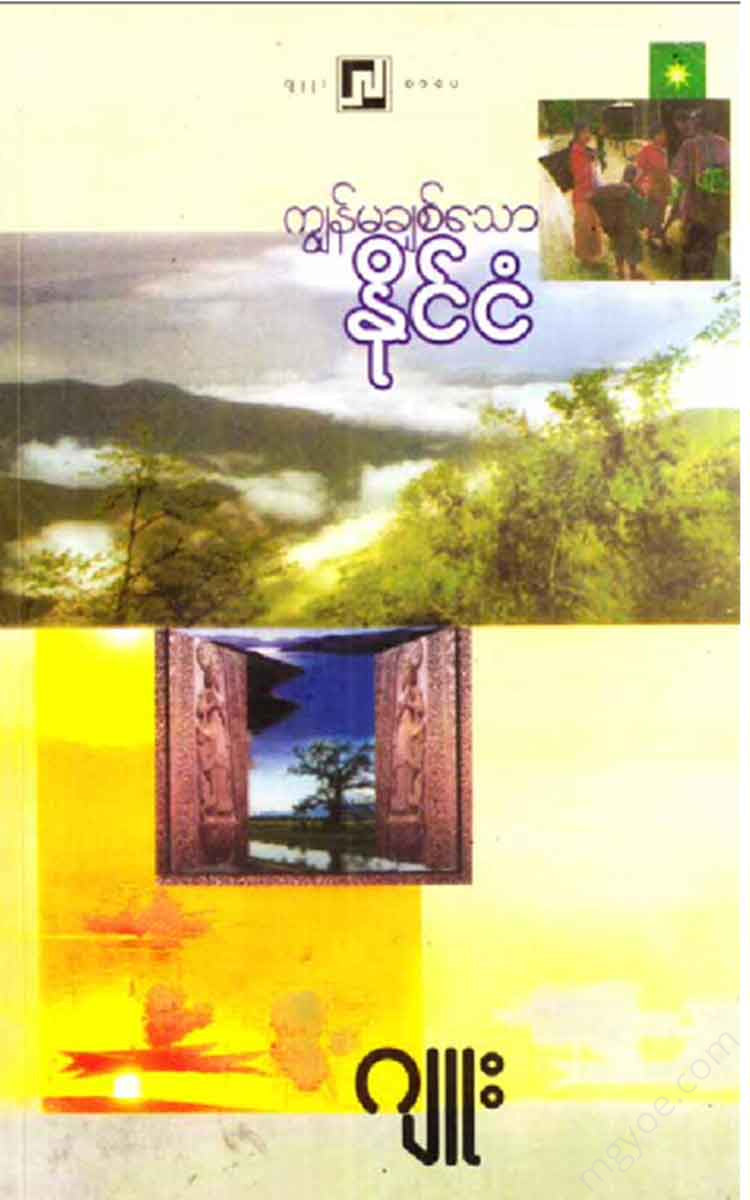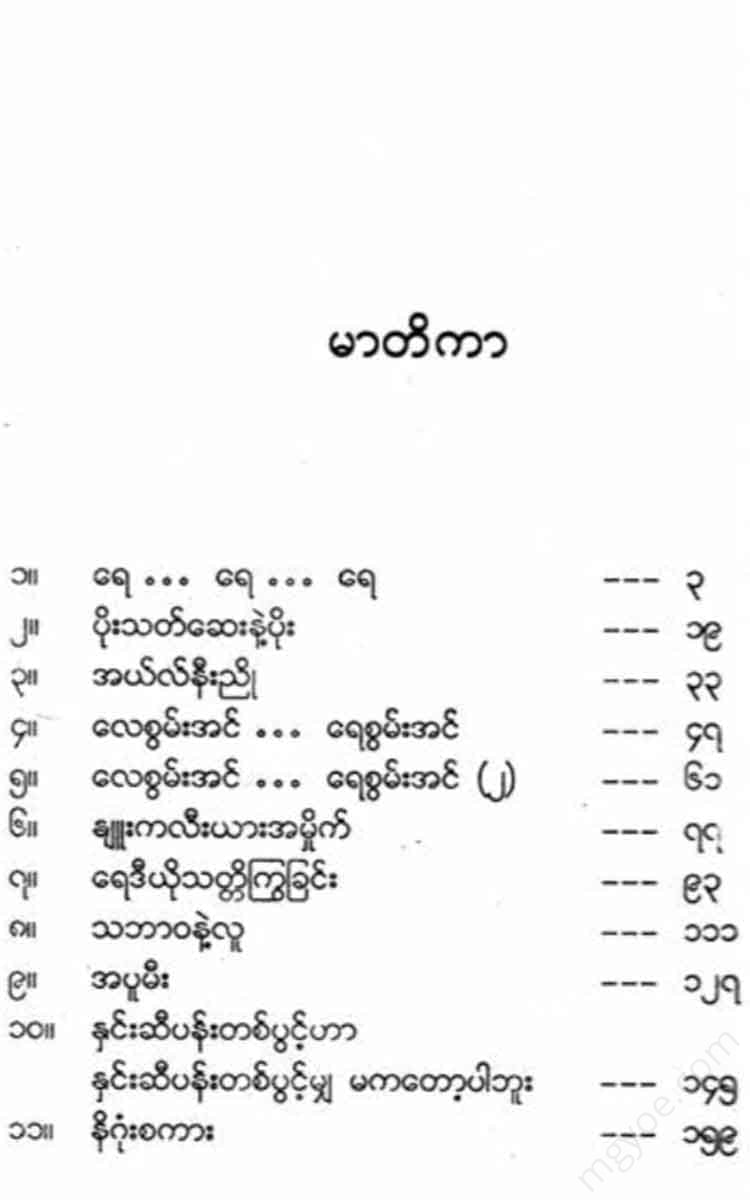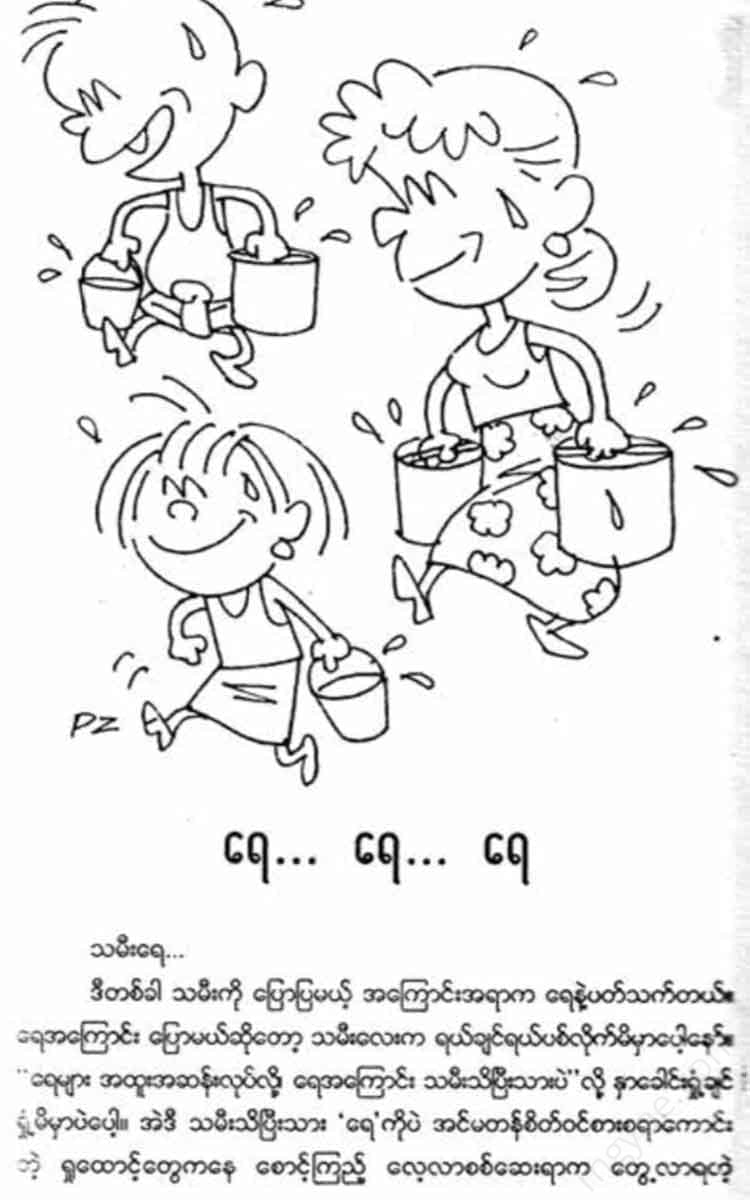Other Websites
Jude - My beloved country
Jude - My beloved country
Couldn't load pickup availability
Water... water... water
My daughter...
This time, the topic I'm going to tell my daughter is about water. My daughter will probably laugh when I talk about water. "You already know about water because water does strange things," I'll say before I lose my breath. I want to share the insights I've found from observing and examining "water" from very interesting perspectives,
When I was young, I learned that water was something that could be obtained for free, because I never had to pay anyone to bring water into my house.
My daughter doesn't know the house where my aunt lived when she was young. My daughter lived in that house when she was a child. My father and my grandfather were very modern people, so my aunt's house wasn't a house but a hut. It was made of cement and was paved all around. I don't know if it was because the cement was good in ancient times, or if my father didn't spare the cement and managed it well. The hut was in front of the house and in the back of the house.
It's so smooth and green, my daughter. In that house, my father built three large brick ponds: one in front of the house, one in the kitchen, and one in the bathroom for the girls to bathe in. When my aunt was young, we had our own water fountain. When my aunt was a little older and old enough to understand, my father took the water fountain apart. I think he took it apart and sold it.
My mother and my siblings used to collect water to fill all three of those brick tanks, free of charge. There was a public water tap in the corner of my house, and a public water tap in front of the house next door, so we had two water taps very close to ours. Once in the morning and once in the evening. They used buckets with wooden handles on round tin cans. My little hands were hard and calloused. My mother's hands, which had been through much more than my own, were always a little sore at the base of the fingers when I tried to hold them.
But this was free water from the government. It was enough for drinking and cooking if you could draw it yourself. In the summer, people would line up at the water pump and fight over the water, but my aunts didn't lose their composure because they had three large brick tanks.
When my daughter was about to be born, the water tap in my father's house was removed. There was no water tap anymore. The reason my father removed the water tap was different from the reason my father removed the water tap. My daughter's house is on a slightly higher hill, so the water doesn't come out of the tap. They said the water doesn't rise. Don't you want to ask why the water that used to reach this house doesn't rise now?
The answer to why the water that used to flow up this hill now doesn't is just part of the story about water that Auntie will tell you about now, my daughter.
So, do you know where the government-provided water that the entire Yenangyaung town uses comes from? It comes from Pingchaung. The water from Pingchaung is pumped through a motor and large pipes and then transported to a large iron tank. The neighborhood where that large iron tank is located is called Thankan Kone. The neighborhood adjacent to the Kyauk Kone neighborhood where Aunty opened her clinic is Thankan Kone.
The Ping River used to be a stream that used to have a lot of water. When my aunt and I were young, when we went to the Ping Pagoda Festival called Ping Sakkalampa, we would cross the wide Ping River that flowed around the base of the pagoda in a bullock cart and go to our relatives in Ping Wa village on the other side. As far as I can remember, even when the water level was low during the full moon of Thadingyut, there were small streams in the wide sandy plain of Ping Pagoda, with water flowing freely.
The tip of the cow's tail was wet with water from the stream, and every time it wags its tail, a group of aunts and children who were sitting on the ox cart were also wet.
The Pinchaung stream is now quite full in the summer, so it has been a long time since the Thankankone hill reached the Thankangyi lake. The Thankan guard and security officer at the bottom of the Thankangyi lake (I think it was U Than Maung) was close to my aunt and father. I have seen my father ask, “Ko Than Maung, will the water come tomorrow?” The uncle replied, “It hasn’t come yet.
"The water level hasn't reached the mark yet." I also noticed that at that time, my daughter's house had been disconnected from the water supply. The water supply to this aunt's house (clinic) in Kyaukpyeong was connected to the water supply. The Ping Chaung stream no longer had as much water as before, and the water level had been low for a long time. The Thankangyi reservoir was not filled to the mark required to supply water to the city, so it was not possible to supply water every day, and it had been collecting water once every three or four days before distributing it.
When I was 10 or 15 years old, the Ping River had a strong water volume. During the rainy season, when the rains were good, the Ping River would overflow its banks and the water would be so strong that no cattle or people would dare to cross. When I was over 30, the Ping River no longer had even half of its previous water volume. It was obvious that the water in the river had weakened in the past 15 or 20 years.
In 20 or 30 years, a stream has become less water. Will other rivers, streams, and lakes also be affected? Aren't you interested?
I am also hearing about it now. Electricity is not being supplied regularly. The water flow from the Lawpita Hydroelectric Power Station to generate electricity is low, and the water level in Inle Lake is decreasing. Would you be surprised if this news is related to the world's environmental protection information? Because of the lack of water in Ping Chaung, the city of Yenangyaung is being dug like mushrooms, and water that used to be free has suddenly become a valuable commodity. This is also one of the reasons for the Global Environmental issues that I want to talk about now.
Among the many natural resources in this world, people have considered water resources to be something that will always be new according to the water cycle of nature. Compared with other resources that cannot be renewed, such as forests that are depleted and fish, it can be roughly assumed that water resources will always exist according to the cycle of regeneration. But this is not a reason to be happy. This always-existing water will also be weak and exhausted. Or, due to global pollution, areas with water pollution that is unusable will appear. These will not happen in the next 200 years. They will not happen in the next 2,000 years. It is happening now, my dear...
The total amount of water on Earth is distributed in the oceans, on the tops of glaciers, in terrestrial streams (rivers and lakes), and in groundwater.
95% of the world's water is in the oceans. 3
Only 3% is underground. Of that 3%, 22% is in glaciers and ice caps. 22% is groundwater. The remaining 1% is in rivers, streams, and lakes. So, our Ayeyarwady River is a small part of the 1% of groundwater (excluding oceans).
It's true, my daughter, that I'm a little worried when I think about whether rivers can last for hundreds of thousands of years.
I was reading a magazine a while ago. They have a magazine that comes out every two months. It's called E Magazine. I found some interesting stuff in it.
They say the Colorado River is usually unable to flow into the sea it is destined for.
Because they pump water from the Colorado River and use it for agriculture and city water, what's the point? It's not interesting. The truth that rivers flow into the sea has been eroded over thousands of years, as the population has grown, as undisciplined and greedy people have become more and more common.
Since the completion of the Glen Canyon Dam in 1961, the Colorado River has been unable to flow properly into the delta and out to sea.
The Colorado River is a very powerful and useful river. The flow of water was so strong that they had to build the Hoover Dam on the border of Nevada and Arizona. In my opinion, the Hoover Dam and the hydroelectric project were built to make Las Vegas shine like a fairy tale at night and attract people to gamble. The Hoover Dam was built to control the flow of water so that it would be calm. Anyway, what I want to say is that the Colorado River, which used to be so powerful that it could even bring water to the United States and Mexico, is now so weak that it cannot even reach the sea during the rainy season. This is bad news for humanity on Earth. This year, due to El Niño, the 2nd wave was exceptionally strong and reached the Gulf of California.





